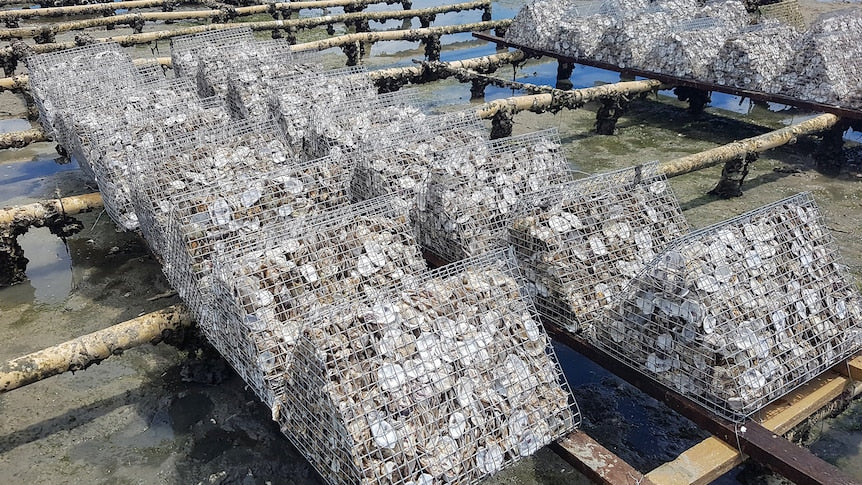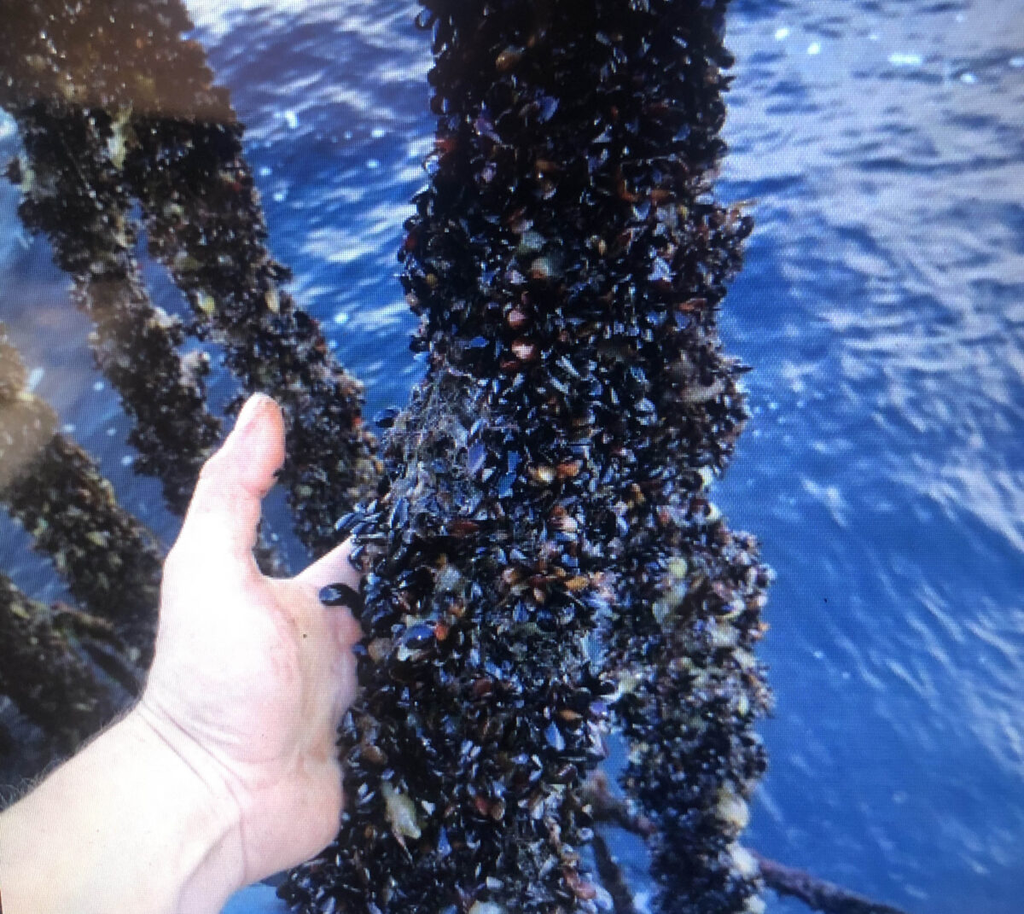Sustainable Solutions: Repurposing Oyster Shells for Environmental Benefits
Oyster Reef Restoration
Oyster reefs, once abundant along the Australian coastline, are ecologically vital and critically endangered with only 10% remaining. Shellfish reefs provide habitat for marine life, filter water to improve quality and protect the coastline from erosion. Pollution from agricultural run-off, coastal development, industrial activities, overfishing and destructive harvesting practices all contribute to the decline of oyster reefs and restoring them has become a significant initiative of a number of communities in Australia.
Nature Conservancy Australia is leading the way, in conjunction with government and business, with a commitment to build 60 reefs in coastal communities that need them the most. They plan to bring shellfish reefs back from the brink of extinction for the benefit of marine life and people.
Since 2021, Nature Conservancy Australia have restored more than 30 hectares of reef with 98 tonnes of shells recycled and 21 million shellfish seeded on the reefs. In addition, there have been 422 jobs created and 66 contractors engaged in mostly regional communities. The revitalisation of these reefs has a direct impact on fish stocks, water purity and coastal erosion.
According to the Nature Conservancy website, the restoration of just one hectare of oyster/shellfish reef would filter 2.7 billion litres of seawater per year, remove 225 kilograms of nitrogen and phosphate, produce 375 kilograms of new fish catch, provide homes for over 100 marine species and recycle 7,000 cubic metres of oyster shells preventing them from going to landfill.

Shuck Don't Chuck: Recycling Oyster Shells for Reef Restoration
Shuck Don’t Chuck is a recycling initiative that entails the collection of discarded oyster, mussel and scallop shells from restaurants, seafood markets, and aquaculture facilities. The shells are thoroughly cleaned and prepared to remove any organic matter and are left to cure for six months. They are destined to be used as a reef base or bagged up and placed in hatchery tanks where juvenile oysters are added to attach to the shell surface. To create the new reef beds, the shells are then placed in strategic locations, often in estuaries or bays and provide a substrate for oyster larvae to settle and grow, leading to the formation of new reefs and the creation of new habitat for various marine species, including fish, crabs, and other invertebrates, which contributes to the overall health and resilience of the ecosystem.

Local Success Stories: Oyster Reef Restoration in Port Stephens
Our own local area of Port Stephens has been a recipient of this exciting initiative with the first large scale reef restoration project in NSW beginning in December 2019 with assistance from the NSW and Federal governments. Since then, 7.5 hectares of reef has been created, resulting in over 55 million baby oysters naturally recruited in the first 2 years, 34 different fish species and 50 times more juvenile fish recorded, and 8 million snails and other invertebrates. It is the first restored intertidal shellfish reef in Australia.
Alternative Approaches: Mimicking Natural Reefs and Shoreline Stabilization
Another method used to create shellfish reefs is the use of alternative materials such as concrete, rope or recycled oyster shell aggregates to mimic the structure and function of natural reefs. OzFish, a fishing conservation charity, runs a series of projects under the banner “Shellfish Revolution” that aims to restore oyster reefs around Australia through community engagement and volunteer participation. Our own Lake Macquarie chapter of the organisation has created a Pimp My Jetty project that encourages private jetty owners to establish an environmentally friendly hanging habitat using ropes The ropes are made of natural fibres and over time, as more oysters colonise them, they become complex habitat that provides a wealth of shelter, shade, and food for native fish as well as improving water quality.

Beyond Reef Restoration: Versatile Applications of Oyster Shells
In addition to oyster shell reef restoration, other applications for re-purposed oyster shells include shoreline stabilisation, gardening, and agricultural uses. Crushed oyster shells can be utilised as a substrate in shellfish aquaculture, as a soil amendment for pH regulation and nutrient enrichment in gardens, or as a calcium supplement in agriculture. They can even be crushed into a powder and processed into a calcium supplement for human consumption. The high calcium content of oyster shells makes them a valuable source of this essential nutrient.
It seems that our humble oysters play an important role in our coastal marine habitats and offer significant environmental benefits. If you own a private jetty in Lake Macquarie, why not reach out to OzFish to participate in the Pimp My Jetty campaign? Every little bit helps towards the sustainability of our local seafood industry. And as much as we’d love to recycle oyster shells, there is currently no local avenue to do so, but we’ll keep asking! We do recycle oyster trays though – so don’t forget to drop them back into us when you’re next in the shop to receive a discount on your next oyster purchase!

